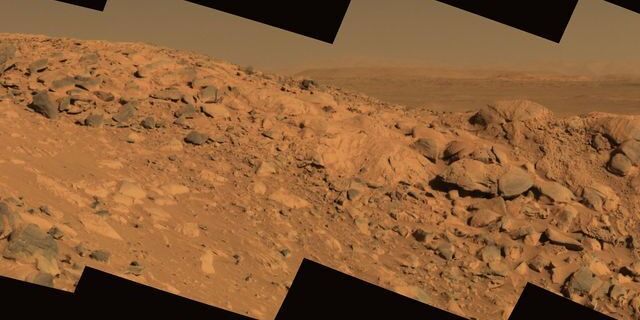Landing sites for 2020 Mars rover: NASA weighs 3 options

NASA has selected three potential landing sites for the upcoming Mars 2020 rover: an ancient lake, a past volcanic hotbed and an early hot-spring site.
Scientists chose the final three candidates at a workshop Feb. 8-10 in Monrovia, California, from eight sites chosen in 2015 (out of a pool of around 30, NASA officials said in a statement ).
NASA began its final design and construction phase for Mars 2020 in July of 2016. The rover is intended to hunt for signs of ancient life on the Red Planet after touching down in February 2021, exploring for at least two years, mission team members have said. [NASA’s Mars Rover 2020 Mission in Pictures]
The Jezero crater stood out as a forerunner site in 2015, and is among the three remaining potential sites. It’s an ancient lakebed where microbial life could have developed, NASA officials said in the statement. The river-delta structure suggests that water filled and drained from the crater at least twice, and NASA’s Mars Reconnaissance Orbiter has identified minerals that have been chemically altered by water.
More From Space.com
NASA’s Mars Rover 2020 Mission in Pictures
Jezero crater
Columbia Hills
Starting in 2004, the Mars exploration rover Spirit explored Gusev crater, which stretches larger than the state of Connecticut. Spirit discovered evidence of past mineral hot springs at one particular location, according to the statement. That spot, Columbia Hills, is the only place where Spirit found signs of water in the enormous crater, and it is another of NASA’s top picks for Mars 2020. (Later data analysis suggested Gusev may have hosted a shallow lake.)
An ancient volcano warmed Northeast Syrtis, and this heat could have led to hot springs and melting ice, making a welcome haven for past microbial life. The edge of the Syrtis Major volcanos is Mars 2020’s third potential site. The spot exposes 4-billion-year-old bedrock, as well as many minerals altered by encounters with water during Mars’ early history.
To choose from among the three top sites, which all have evidence of liquid water in their history, scientists will determine where the rover could land and travel safely. They will also look at which location has a variety of rocks and soils to analyze, the best conditions to have supported past life, and rock types that would retain evidence of past life, among other considerations .
The final determination should come after a fourth workshop, likely in 2018, researchers said at the 2015 meeting — or perhaps at a fifth, in 2019, if necessary. The craft itself should launch in July 2020 on an Atlas V rocket from Cape Canaveral, Florida.



 Creators of mankind
Creators of mankind Description of “Tall white aliens”
Description of “Tall white aliens” Where they came from?
Where they came from? About hostile civilizations
About hostile civilizations The war for the Earth
The war for the Earth “Tall white aliens” about eternal life
“Tall white aliens” about eternal life Video: “Nordic aliens”
Video: “Nordic aliens” Aliens
Aliens Alien encounters
Alien encounters The aliens base
The aliens base UFO
UFO Technology UFO
Technology UFO Underground civilization
Underground civilization Ancient alien artifacts
Ancient alien artifacts Military and UFO
Military and UFO Mysteries and hypotheses
Mysteries and hypotheses Scientific facts
Scientific facts


















